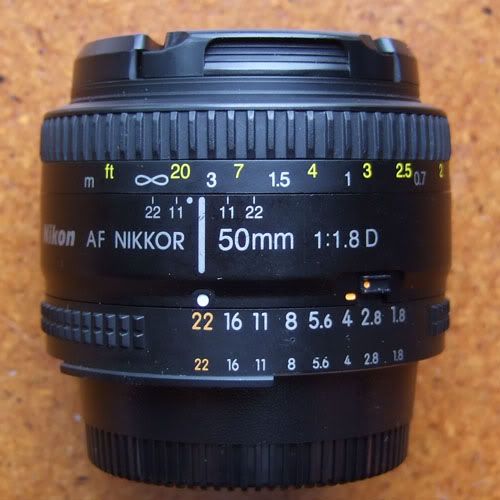HYPERFOCAL DISTANCE. What is it and why do I care?
We all know that, before we press the shutter release, the major subject of our photo must be brought into focus. These days we nearly always allow the camera's autofocus mechanism to take care of the job for us. However there may be circumstances when that is not the most advantageous method. In particular, on those occasions when we wish that, not only the major subject, but also objects well behind and objects to some degree closer than the subject also be acceptably in focus. This is particularly important to landscape photographers, but is often useful in other types of photographs.
We also know that, when we are focused on a particular subject at a specified distance, there is a range within which other objects, (both further and closer than the set focal distance) will also be in focus. We call that range the depth of focus (DOF). One of the first lessons we learn is that we can influence the size (depth) of that range by our choice of aperture. What is often forgotten is that the focal distance we (or the autofocus control) have set is equally influential in determining the DOF. Just as decreasing the size of the aperture increases DOF, increasing the focal distance increases the DOF.
On those occasions when we wish to achieve the absolute maximum DOF we would first choose as small an aperture as practical (given the other considerations which govern choice of aperture). But what do we do about focal distance in order to maximize DOF?
The laws of optics dictate that, for a lens of a given focal length set at a given aperture, there is a distance known as the hyperfocal distance (H) which, when the lens is set to this distance, will produce the absolute maximum DOF. Specifically, when the lens is focused at this distance (H) the DOF will extend from H/2 (half this distance) all the way to infinity.
So does this mean that, to achieve maximum DOF, we should always set our focus to the hyperfocal distance? Definitely not! Let me give an example:
For a 50mm lens at f/5.6 the hyperfocal distance is 15 meters (~50ft). Thus if we set our focal distance to 15 meters, our DOF will extend from 7.5 meters to infinity. You can't get a larger DOF with that lens at that aperture. But if our principal subject is only 5 meters away it would be significantly out of focus, and we would be badly disappointed with the photo. On the other hand, if our principal subject is 10 meters away, he (she or it) will be in focus and we will have maximized the DOF. For comparison it is interesting to calculate the DOF if we focused exactly on our subject at 10 meters. In that case the DOF would extend from 6 meters to 30 meters. The nearest point in focus would be a bit closer to the camera but the distant background would be very much out of focus.
So we can arrive at a general rule: If the nearest object you want to be in focus is a bit further away than H/2, and you wish to achieve the maximum DOF, set your focus to the hyperfocal distance.
Obviously the next question is: How does one determine the hyperfocal distance? Sadly, I must report that there is not a quick and easy answer. Back in the days of manual focus lenses, most lenses had a DOF scale engraved on the lens barrel between the aperture ring and the focus ring. All one had to do is turn the focus ring until the infinity mark lined up with the index of the aperture being used. Presto, your lens is focused at the hyperfocal distance.
Lens with dof scale showing Hyperfocal distance for F22
With the advent of auto-focus lenses this DOF scale has disappeared (on most lenses). Even worse, the focus throw of AF lenses is so short that it is very difficult to accurately set the hyperfocal distance (or any given distance), even when that distance is known. Still, I recommend that you use any one of a number of on-line DOF calculators which will compute the hyperfocal distance when you input the lens focal length and aperture value. Make a small chart to carry in your camera bag.
submitted by ' blumesan ' of www.photocamel.com

